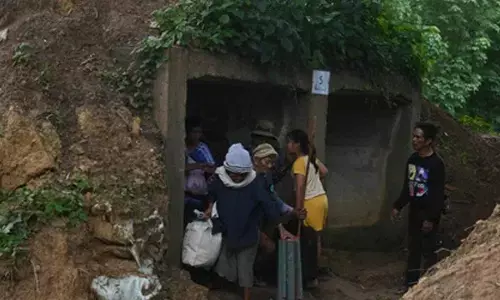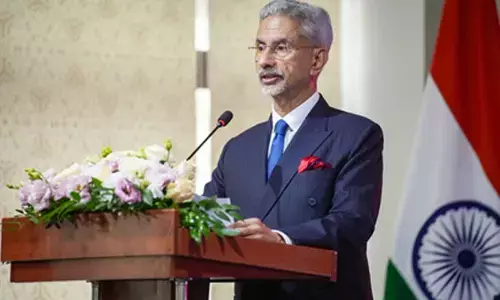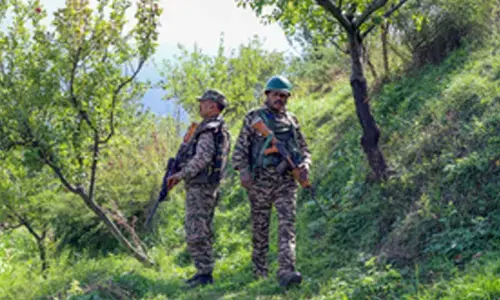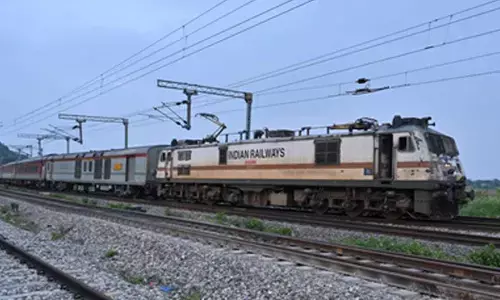Building dams will lead to bigger floods
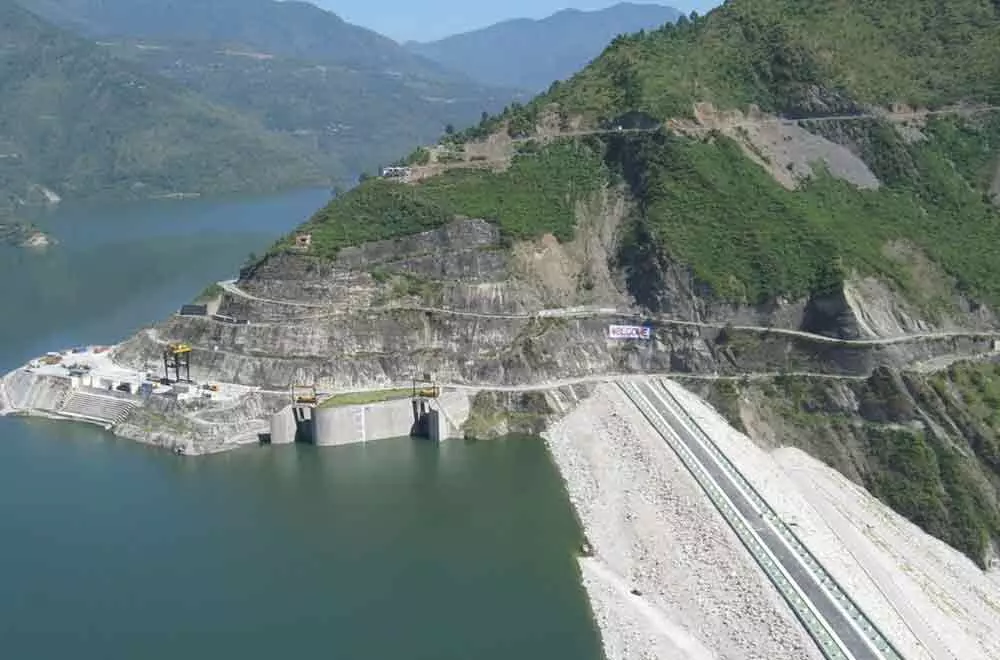
Building dams will lead to bigger floods
China is facing the worst floods in the last one hundred years despite having made the largest numbers of dams in the world
Another fateful consequence of arresting the sediments in the Tehri Dam is that the sediments that would have reached the Sunderbans are no longer reaching there. This is leading to huge erosion. The sea has a natural hunger for sediments, and it begins to eat the land if its hunger is not met. The erosion of Sunderbans is partly due to the rise in sea level caused by global warming but also partly due to the deprivation of the inflow of sediments from the Ganga. It can be said that the Tehri Dam and Haridwar and Narora barrages are "eating" away the sacred land of the country by opening the path for the sea to eat our land. Indeed, the Tehri Dam is providing drinking water to Delhi and these barrages are providing irrigation and enhancing our food security — but at the cost of the sacred land of our country
China is facing the worst floods in the last one hundred years despite having made the largest numbers of dams in the world. We too are facing floods in Bihar despite having arrested flood waters in the Tehri Dam. The reason is that we consider the rivers only as carriers of water and ignore their role as the carrier of sediments. We forget that the land mass from Haridwar to Kolkata has been made by the sediments brought by the Ganga.
The water of the Ganga has been spreading all around for thousands of years and depositing the sediments. These sediments which have now become the States of Uttar Pradesh, Bihar and West Bengal. Yet, floods also cause human suffering. Question is how should we deal with this?
The Ganga has the highest load of sediment among the major rivers of the world. She deposits some sediments in her channel every year. Then, these sediments are pushed to the sea during a major flood that comes in five or ten years and the channel is restored to its earlier depth and high capacity to carry water. However, we have stopped such major floods by making the Tehri Dam and removing much water from the Haridwar and Narora Barrages for irrigation. As a result, the sediments being deposited in her channel every year are no longer being pushed to the sea; the level of the channel is gradually rising; the Ganga's capacity to carry the flood waters is getting reduced; and even a "small" flood now inundates the banks and cause huge damage as being seen in Bihar today. We have actually increased the flood fury by making the Tehri Dam.
The Farakka Barrage has made the problem worse. Hydrologists tell us that even making the pillars of a bridge cause serious obstruction to the flow of the river and reduce its velocity and ability to carry the floodwaters. It follows that the velocity of the Ganga is reduced even if all the gates of the Farakka Barrage are opened. The reduced velocity leads to the river depositing more sediments upstream of Farakka. This leads to double reduction of the capacity of the Ganga to carry the flood waters. The reduction in velocity directly reduces the amount of water that she can carry to the sea; and reduction the depth of the channel further reduces the amount of water that she can carry. As a result, the floods in Bihar are increasing.
Some scientists believe that the flow of the Ganga has been reduced from Barh to Farakka while others believe that the flow has been reduced from Buxar onwards. The capacity of the tributaries like Kosi and Gandak has been reduced in tandem because the Ganga cannot accept the water brought by them just as it is difficult to enter a second-class railway coach that is already full. No wonder Chief Minister Nitish Kumar has been asking for a reassessment of the Farakka Barrage.
Two studies got done by the Tehri Hydro Development Corporation have found that the reservoir of the dam will get completely filled up in 140 to 170 years. Thereafter, we will not be able to hold any water and the major floods will be restored. However, by that time the sediments deposited in the riverbed would have got stabilised and hardened and the major floods may no longer be able to push the sediments to the sea as they can do today. In this way, we are putting our future generations in peril in our penchant of controlling the floods today.
Another fateful consequence of arresting the sediments in the Tehri Dam is that the sediments that would have reached the Sunderbans are no longer reaching there. This is leading to huge erosion. The sea has a natural hunger for sediments, and it begins to eat the land if its hunger is not met. The erosion of Sunderbans is partly due to the rise in sea level due to global warming but also partly due to the deprivation of the inflow of sediments from the Ganga. It can be said that the Tehri Dam and Haridwar and Narora Barrages are "eating" away the sacred land of the country by opening the path for the sea to eat our land. Indeed, the Tehri Dam is providing drinking water to Delhi and these barrages are providing irrigation and enhancing our food security — but at the cost of the sacred land of our country.
The engineers of Bihar are not behind. They have made number of embankments on the sides of the rivers. They wanted to restrict the flow of the river to her channel so that the floodwaters did not spread and create havoc. The people were surely helped. But for how long? The sediments brought by the rivers got deposited between the embankments and that is leading to the rise in the level of the riverbeds. The engineers raised the height of the embankment in parallel. Soon the level of the riverbed became higher than the surrounding land. The river now flows above the ground like the Metro Rail. And, when the embankments break, as they necessarily have to sooner or later, then the water gushes out and inundates much larger area because the land between two rivers becomes like a bowl and the flood waters cannot now flow to the sea since their pathways are obstructed by the raised river courses.
We will have to learn to live with the floods. I had an occasion to study the floods in Gorakhpur in the nineties. Local people told me that previously the floods were welcome. Villages were made on raised lands and people lived safely in their houses during the floods. The flood waters used to flow like a sheet of water. They brought sediments that fertilized the soil. They used to grow certain varieties of paddy that increased in height as the flood waters rose. The floods would soon recede, and they got not only paddy crops but fertilized soil for their rabi crop.
We will have to revert to this approach of "living with the floods." We will have to remove the dams, barrages and embankments. We can still obtain drinking water for Delhi and irrigation for our fields by undertaking groundwater recharge in the plains of Uttar Pradesh. We can store about 76 billion cubic meters (cumecs) water in the groundwater aquifers of UP. The 2.6 billion cumecs stored in the Tehri Dam is a pittance in comparison. However, the engineers love large toys like dams, barrages and embankments because of obvious reasons but these will only push us into deeper floods and human suffering. India and China have to choose between toys for our engineers and safety of our people and protection of the sacred land of our country.(The writer is formerly Professor of Economics at IIM, Bengaluru)









